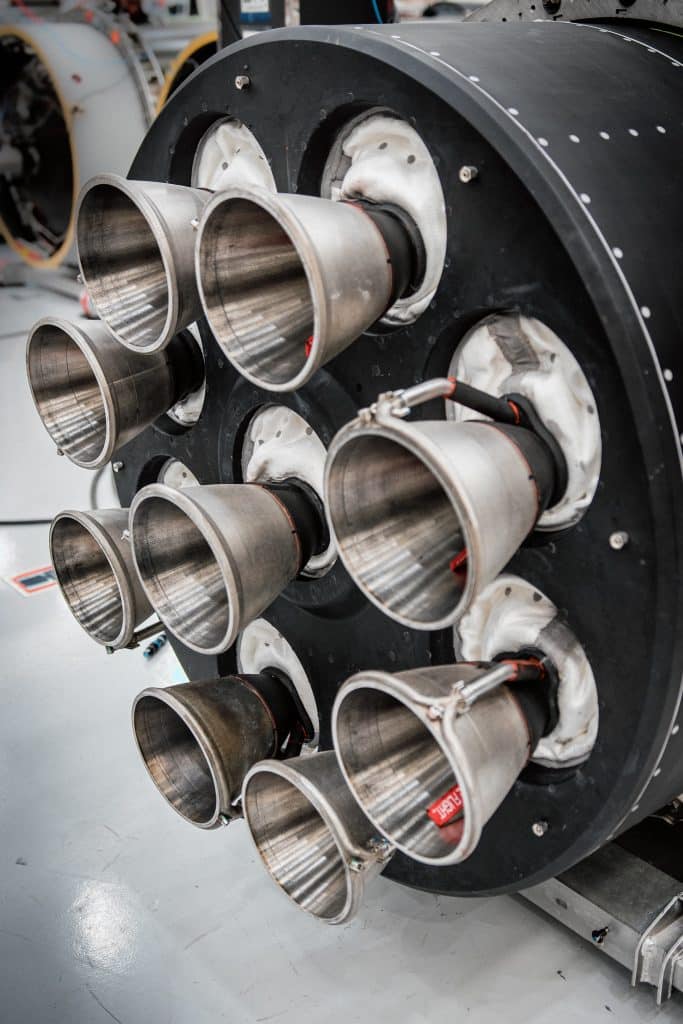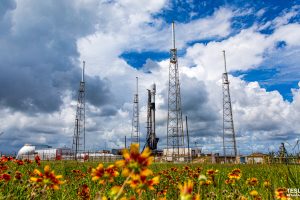Key Points
- 🚀 Rocket Lab’s ‘We Love the Nightlife’ mission launched at 11:45 a.m. NZST, deploying the Acadia satellite and showcasing flight-proven capabilities.
- 🛰️ Acadia is Capella Space’s advanced Synthetic Aperture Radar (SAR) Earth-imaging satellite, launched into a 53-degree orbital inclination.
- 🚀 The mission utilized a pre-flown Rutherford engine, marking a significant step towards Electron reusability.
- 🌍 Rocket Lab faced delays in previous attempts, switching out Electron’s first stage and enabling first-stage recovery and a re-flown Rutherford engine.
- 🌊 The re-entered first stage splashed down in the Pacific Ocean, moving Rocket Lab closer to full first-stage reusability by 2024.
Rocket Lab’s mission named ‘We Love the Nightlife’ successfully launched at 11:45 a.m. NZST (23:45 UTC), carrying the Acadia satellite to its designated orbit and showcasing its proven flight capabilities. The launch occurred from Launch Complex 1 at Mahia Peninsula in New Zealand, utilizing Pad 1B.
The Acadia satellite is part of Capella Space’s latest generation of Synthetic Aperture Radar (SAR) Earth-imaging satellites. It marks the first of four upcoming next-gen SAR satellites to be launched by the company in the following months. The satellite was placed into a 53-degree orbital inclination and will orbit approximately 640 km above Earth’s surface.
Originally scheduled for July 30th, the Electron launch was halted after engine ignition due to low igniter pressure in one of the Rutherford engines. A subsequent launch attempt on August 5th was called off with less than 30 minutes remaining in the countdown due to anomalous sensor data.
Subsequently, Rocket Lab made the decision to replace Electron’s first stage, which opened the door to another significant milestone – the recovery of a first-stage booster for the first time, along with the debut of the re-flown Rutherford first stage engine.

This specific Rutherford engine previously powered Electron’s ‘There and Back Again’ mission in May 2022. Peter Beck, Rocket Lab’s Founder and CEO, confirmed that the reused engine and first stage performed perfectly during the mission.
After re-entry into the Earth’s atmosphere, the first stage deployed a drogue chute to stabilize itself, followed by the main parachute. Nineteen and a half minutes after launch, Electron splashed down in the Pacific Ocean. Recovery crews promptly moved in to retrieve the booster from the water.
This accomplishment marks a significant step toward Rocket Lab’s goal of achieving full reusability of the first-stage booster. The company’s current plan is to achieve the first re-use of a first-stage booster in the year 2024.





